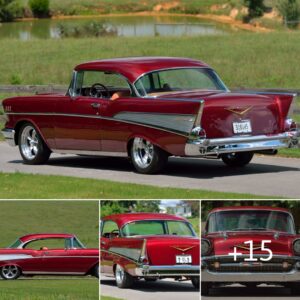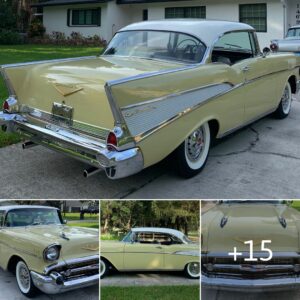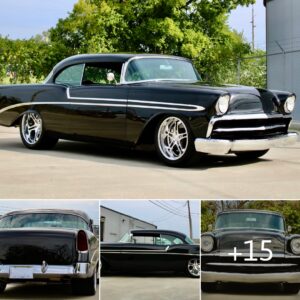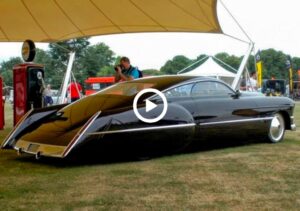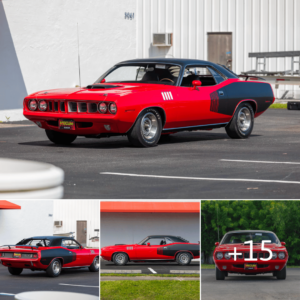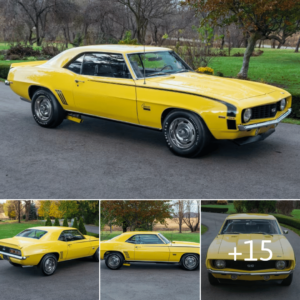In the 1960s, a new era of powerful, big-block V8 saloon cars emerged in the United States, earning the moniker “Muscle Cars.” Among the notable names were Ford’s Mustang, Pontiac GTO, Dodge Charger, Plymouth Barracuda, and the Chevrolet Camaro. The Camaro, introduced in 1966, came in 2-door coupe and convertible variants, offering a range of engine sizes, styling, and trim packages. Notably, the top-tier Z28 powered by a 302 cubic-inch, 5-liter V8 played a pivotal role in homologating the car for Group 2 racing in the Sports Car Club of America Trans-America Series. Racing legends such as Mark Donohue, Ronny Bucknum, and Jerry Thompson piloted Camaros to championship victories.
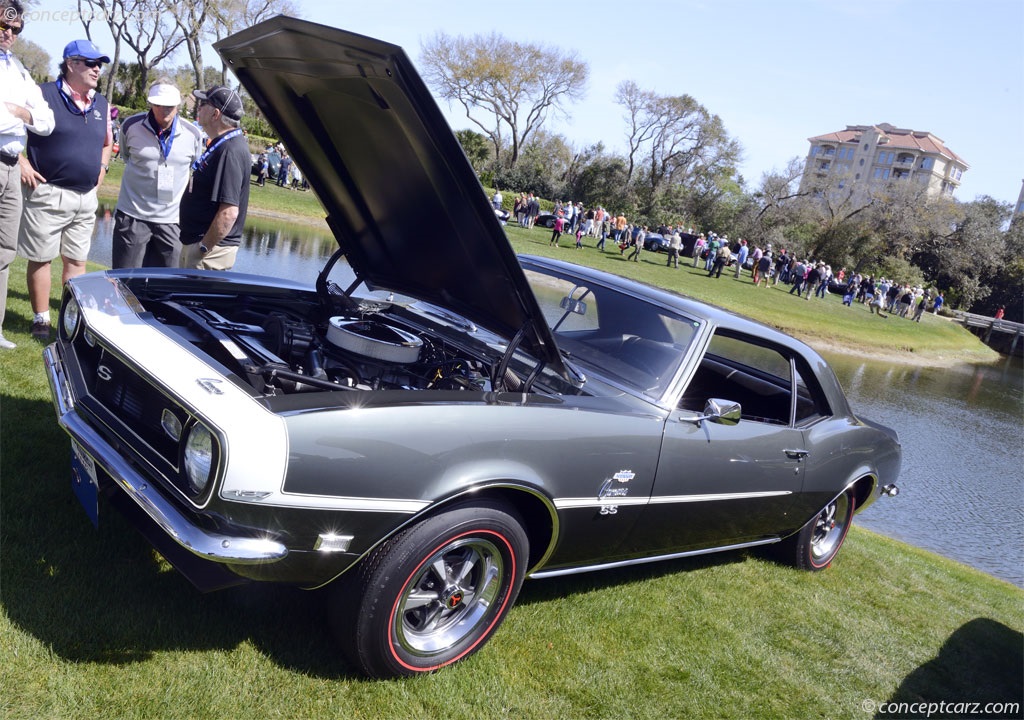
Camaro’s Versatile Engine Options
The Camaro boasted various engine options to cater to diverse preferences. The base engine was the Turbo-Thrift overhead-valve, 230 cubic-inch inline six-cylinder engine, while the base V8 engine was an overhead-valve 327 CID unit. With hydraulic valve lifters, five main bearings, and a 9.00:1 compression ratio, the Camaro offered power and performance across its range. Transmission choices included a fully synchronized three-speed manual, a four-speed manual, Powerglide automatic, and Hydra-Matic.
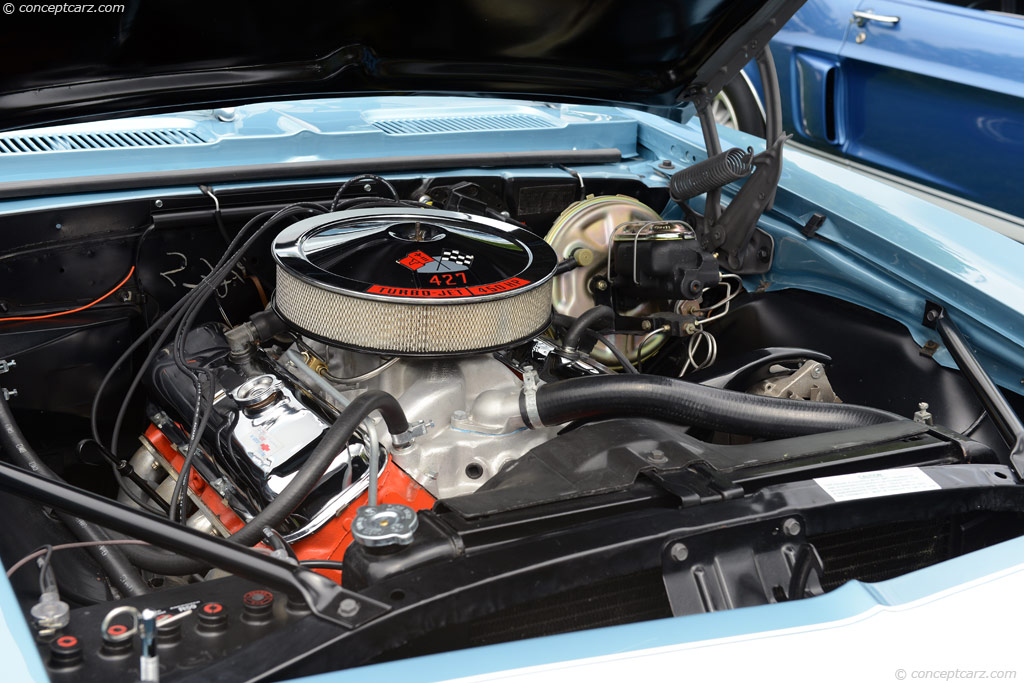
1968 Camaro: Aesthetic Upgrades and Features
In 1968, the Camaro received exciting updates, including front and rear side marker lights and one-piece curved side windows. The convertible model featured a manual convertible top, dual courtesy lights, and unique inside rear quarter panels with built-in armrests. Both the coupe and convertible boasted all-vinyl front bucket seats, a new gauge cluster with a large round speedometer and fuel gauges, and Astro Ventilation with cowl side vents. Safety improvements included shoulder belts for front passengers and seat belts for rear passengers.
The Rally Sport (RS) Option: A Stylish Enhancement
The Rally Sport (RS) trim option, an appearance package, added flair to the Camaro. Concealed headlights, a unique full-width grille, small rectangular directional signal and parking lights, and RS emblems were among its distinctive features. Additionally, the RS option included small rectangular back-up lights below the rear bumper, bright lower bodyside moldings, and a bright roof drip molding on Sport coupes.
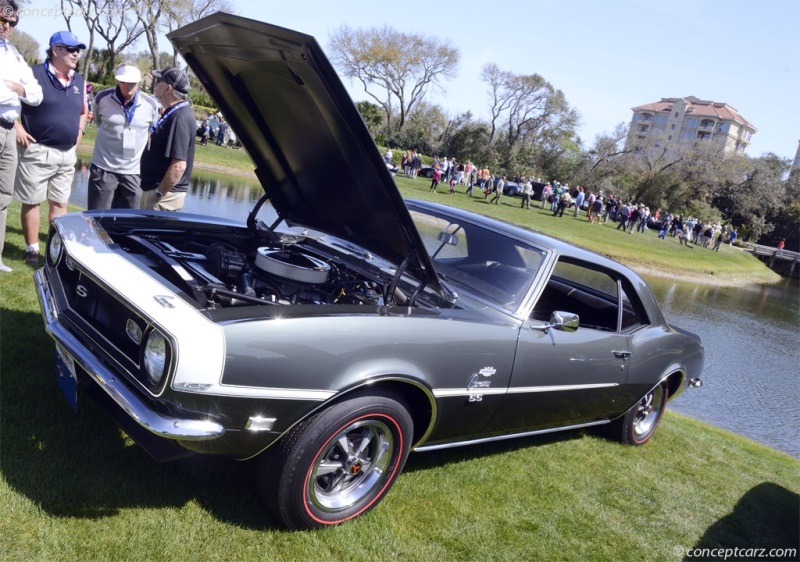
The Super Sport (SS) Package: Performance and Style
The Super Sport (SS) package, available for the SS 350 and SS 396, delivered a host of performance modifications, improved suspension, strengthened chassis, and unique aesthetics. Sporting an SS emblem on the grille and fuel-filler cap, the SS Camaros boasted special hood insulation, red or white stripes, wide-oval tires, and a dual exhaust system. The SS 396 package further featured a distinctive hood with twin banks of four square simulated air intakes.
Don Yenko and the 427 Super Camaro Legacy
In 1967, Don Yenko revolutionized the muscle car scene by installing a large-bore 427 CID L72 crate motor into 54 examples of the big-block Camaro. The Yenko 427 Super Camaro quickly gained popularity, leading to more orders for 1968. Yenko’s small shop in Canonsburg, Pennsylvania mastered the art of the L78 engine and produced around 64 examples of the Yenko Camaro in 1968. These unique cars were identified by the YS-8001 code, with 11 being equipped with the deluxe RS/SS option combination.
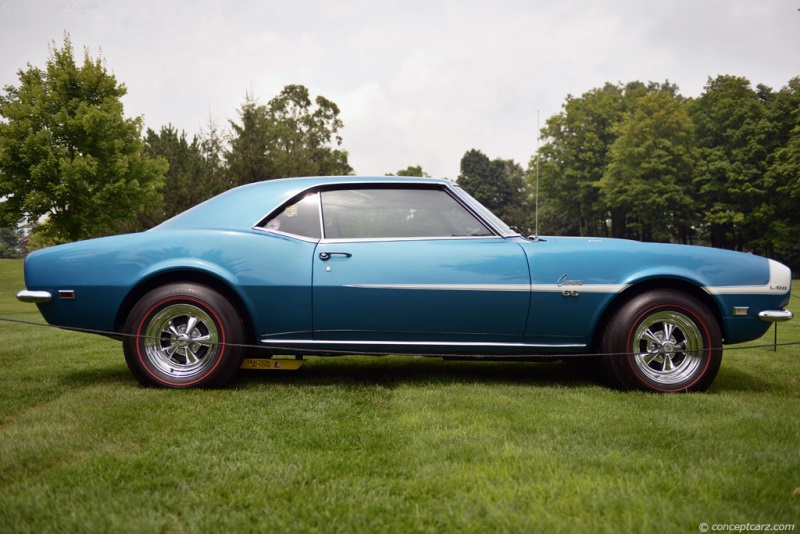
Yenko’s Collaboration with Chevrolet
In 1969, Chevrolet and Yenko collaborated on the COPO Camaros, equipping them with the 427 CID motor at the factory, which reduced the need for dealer modifications. While the 1968 Yenko Camaros were the last of the hand-modified small-batch releases, their legacy and impact on the muscle car culture have endured through the ages.
Conclusion
The 1968 Chevrolet Camaro SYC Yenko 427 Super Camaro represents a legendary chapter in the history of American muscle cars. From its powerful engine options to the stylish upgrades and performance packages, the Camaro truly left its mark in the automotive world. Don Yenko’s ingenious modifications further elevated the Camaro’s status, making it an iconic and highly sought-after classic car today.
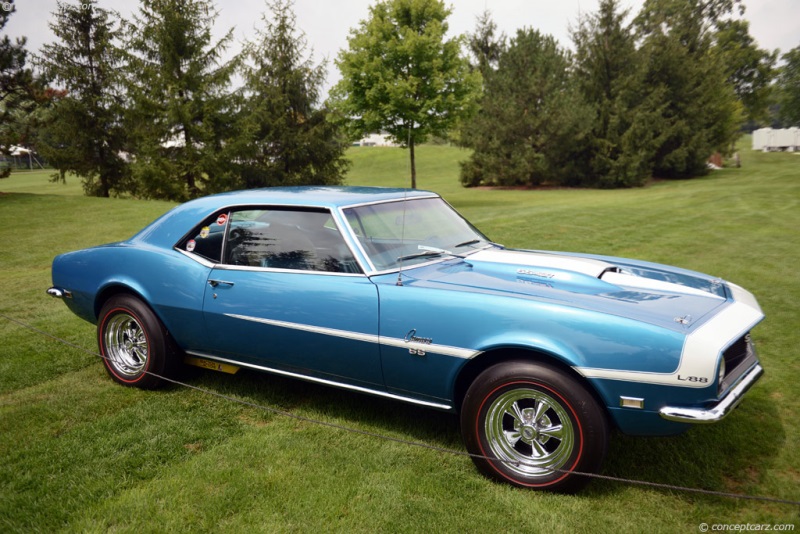
FAQs
1. How many Yenko Camaros were built in 1968? Approximately 64 Yenko Camaros were produced in 1968.
2. Who were some of the famous Camaro drivers? Famous Camaro drivers included Mark Donohue, Ronny Bucknum, and Jerry Thompson.
3. What engine options were available for the 1968 Camaro? The 1968 Camaro offered various engine options, including the Turbo-Thrift overhead-valve inline six-cylinder and the overhead-valve 327 CID V8.
4. How did Don Yenko modify the Camaro? Don Yenko installed a large-bore 427 CID L72 crate motor into the Camaro, creating the Yenko 427 Super Camaro.
5. How many Yenko Camaros were produced in 1969? In 1969, Chevrolet collaborated with Yenko, and factory-equipped COPO Camaros with the 427 CID motor were produced, marking the end of hand-modified Yenko Camaros.
